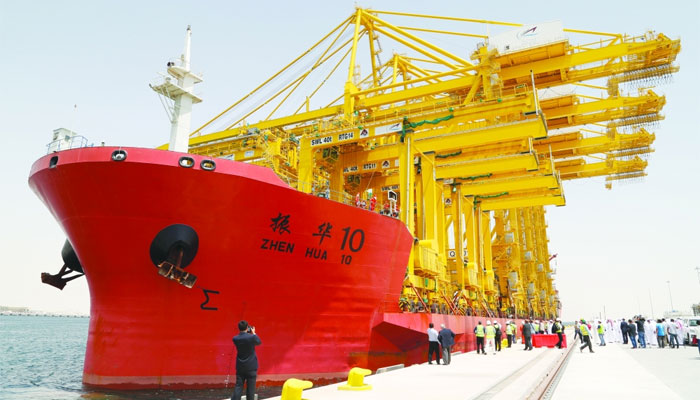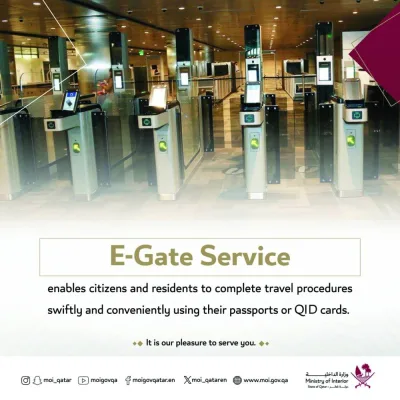Qatar’s multi-billion dollar state-of-the-art Hamad Port will start full operations on December 1, the Ministry of Transport and Communications has announced.
Consequently, the existing Doha Port will be closed to commercial vessel traffic from December 1, although it will continue to receive cruise ships for some time.
Doha Port will be totally closed from March 31, according to the announcement by the Ministry of Transport and Communications and the New Port Project Steering Committee.
The Hamad Port Project was launched in June 2007 with the recognition that Qatar’s import demands were set to rise dramatically in the coming years.
Located on a 26.5-sq-km area south of Doha, the multi-billion dollar project is one of the world’s largest greenfield port developments, and will include a new port, a new base for the Qatar Emiri Naval Forces and the Um Alhoul Special Economic Zone, a report by the Oxford Business Group showed.
Its facilities include a general cargo terminal, multi-use terminal, offshore supply base, coast guard facility and marine unit, as well as a centralised Customs area, administrative district and multiple maritime facilities.
On completion of all construction phases, Hamad Port will offer capacity for 6m twenty-foot equivalent units a year, as well as 1.7mn tonnes of general goods, 1m tonnes of foodgrains and 500,000 vehicles.
Once the first phase becomes fully operational in 2016, it will increase annual handling capacity in Qatar to 2mn twenty-foot equivalent units (TEUs) from the 750,000-TEU capacity at the existing port.
Once the first phase is operational, the government will evaluate the timelines for the other two phases, which would bring the total handling capacity to 6mn TEUs once completed.
In an earlier interview with the Oxford Business Group, HE the Minister of Transport and Communications, Jassim Saif Ahmed al-Sulaiti said Hamad Port was strategically located to handle the expanding trade in the Gulf and beyond, into the hinterland of Qatar and neighbouring GCC countries.
The facilities will feature cutting-edge technology and associated systems that will cater to all types of vessels, cargo handling and clearance, and throughput rates that will set the facility apart from the region’s existing ports.
Environmental protection strategies – such as sustainable resource use, waste management and sustainability certification for buildings – will ensure the port achieves a sustainable balance between economic growth, social development and environmental protection.
The transfer of operations from the existing Doha Port to Hamad Port has involved the transfer of staff employed by Qatar Ports Management Company (Mwani), government agencies, stakeholders and service providers, al-Sulaiti said.
While these organisations have worked efficiently and effectively at Doha Port, the early operational phase has allowed the integration of their activities in the improved working environment offered by Hamad Port.

Hamad Port is one of the world’s largest greenfield port developments.



